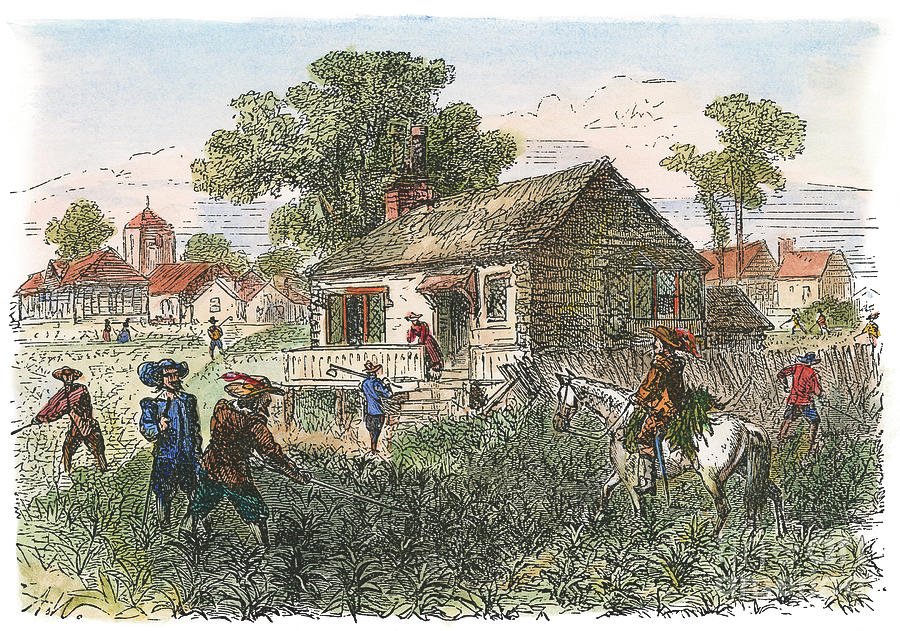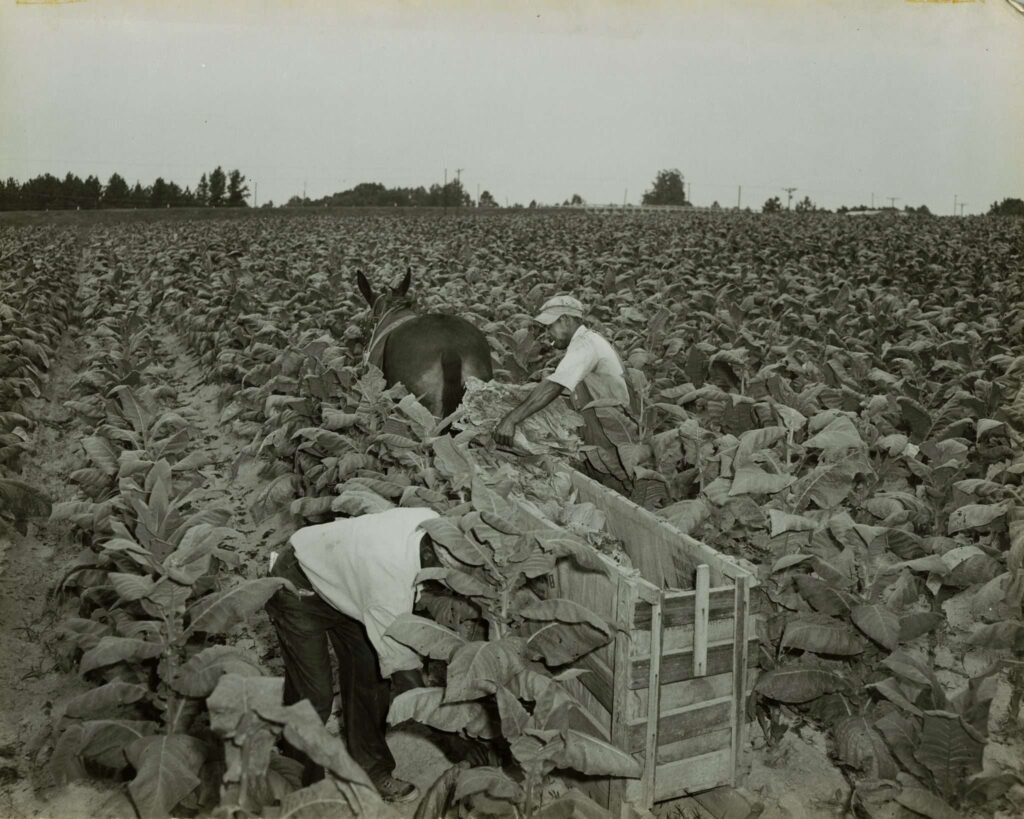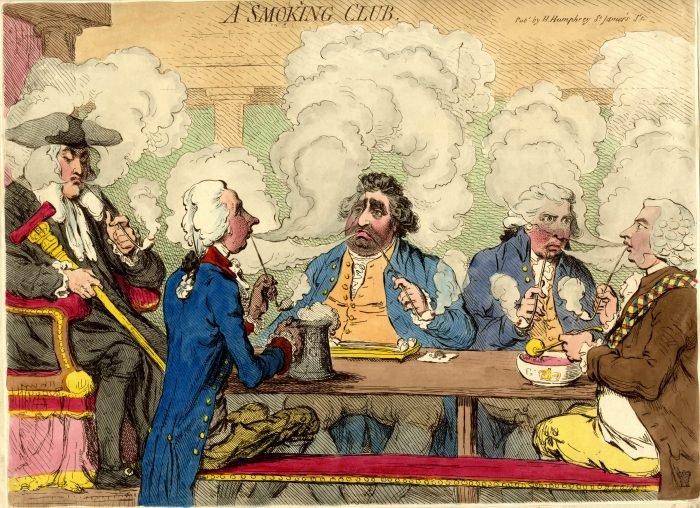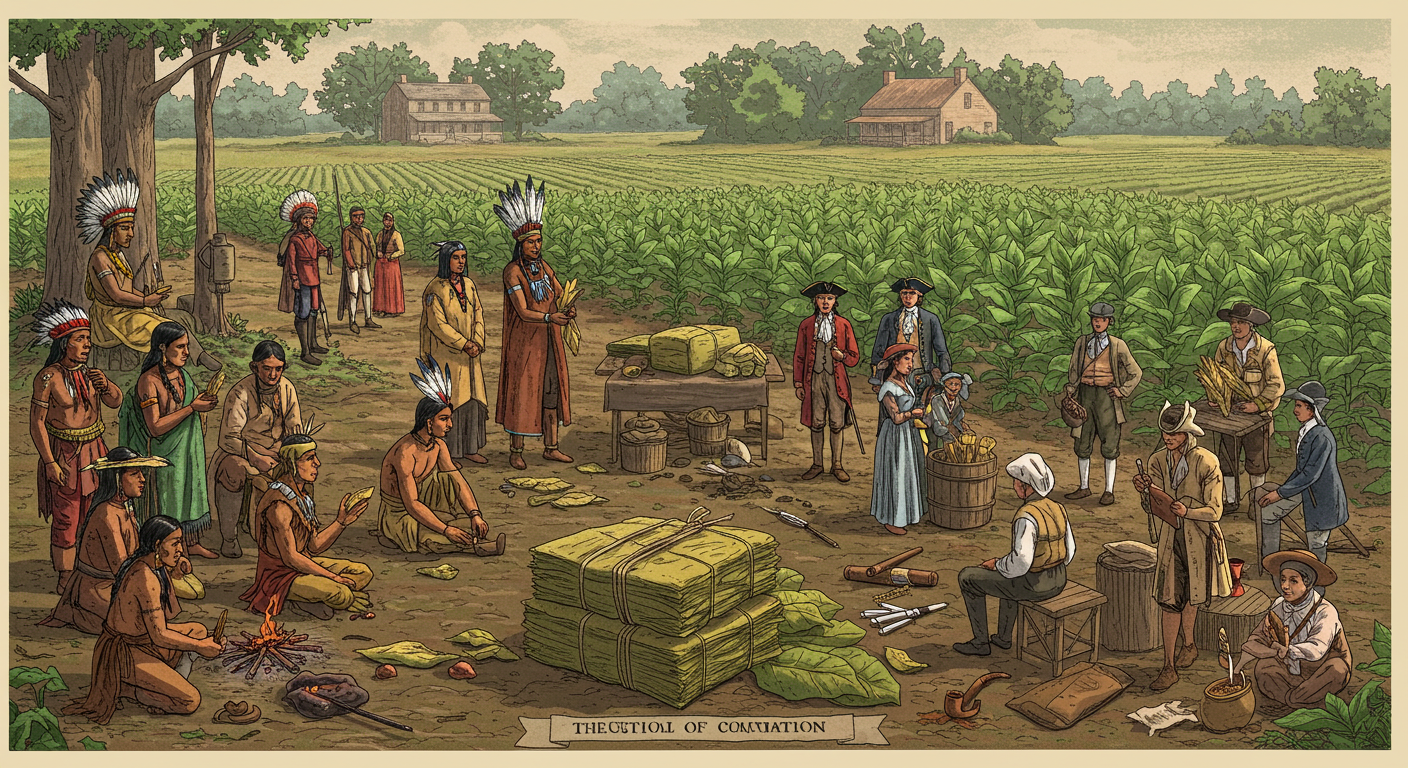The tobacco trade history illustrates the interconnectedness of various cultures and economies throughout its development. From its sacred use among indigenous peoples to its commercialization in Europe, tobacco has shaped societies. This journey reflects the diverse ways in which tobacco has been perceived and utilized across different cultures. The evolution of tobacco trade showcases a multifaceted legacy involving both cultural exchange and exploitation.
The origin of tobacco is deeply rooted in the practices of indigenous peoples in the Americas. Indigenous peoples employed tobacco in rituals and healing practices, highlighting its cultural importance. European explorers ventured into the Americas; additionally, they encountered tobacco, leading to its introduction to Europe and subsequent spread. By the time the 16th century arrived, tobacco cultivation began to flourish, transforming into a major cash crop in colonial America by the 17th century. Consequently, this initiated a pivotal timeline in tobacco history that influenced various economies and cultures. This timeline is marked by significant events that shaped the future of tobacco cultivation and trade.
In the 18th and 19th centuries, the history of tobacco use expanded with the establishment of extensive production and trade networks. The tobacco industry history is characterized by the establishment of large-scale production and trade networks; in detail, this significantly influenced global commerce and local economies. Mass production techniques in the late 19th century increased accessibility, making tobacco a staple in many households. The emergence of health consciousness in the 20th century profoundly influenced tobacco marketing and regulation, reshaping public views.
Indigenous tobacco use was central to the cultural and spiritual traditions of Native American tribes. Tobacco was regarded as a sacred medium for connecting with the spiritual world, embodying peace and friendship. On the contrary, its introduction to European cultures transformed tobacco from a sacred plant into a commercial commodity. In this situation, the contrast underscores the intricate dynamics between indigenous traditions and the evolving tobacco trade history during colonial periods.
Discover How Tobacco Trade History Shaped Cultures and Economies Across Continents
Tobacco has a rich history that began with its ceremonial and medicinal use by indigenous peoples of the Americas before being introduced to Europe in the 16th century. This fascinating journey highlights the cultural significance of tobacco long before European contact. The impact of these early practices laid the groundwork for tobacco’s later commercialization and global spread.
The origin of tobacco can be traced back to the indigenous peoples of the Americas. They recognized its psychoactive effects and used it for both ceremonial and medicinal purposes. First thing to remember, tobacco served as a vital component in rituals, symbolizing connection to the spiritual world. These practices laid the foundation for the tobacco use history that would follow. The introduction of tobacco to Europe marked a significant turning point in its cultivation history. This turning point not only changed agricultural practices but also altered social dynamics in both Europe and the Americas.
In the 16th century, European explorers encountered tobacco during their voyages. They brought it back to Europe, where it quickly gained popularity among various social classes. This marked the beginning of the history of tobacco smoking; shortly, it transitioned from a sacred plant to a widely consumed product. Consequently, tobacco cultivation history evolved, leading to its establishment as a major cash crop in colonial America.
Indigenous tobacco use continues to influence modern perceptions of the plant. Native American tribes still honor its spiritual significance, contrasting sharply with its commercialization in contemporary society. In contrast, this shift highlights the complex interplay between indigenous practices and the emerging tobacco industry history, which transformed its perception and use. Ultimately, the evolution of tobacco reflects broader themes of cultural exchange and exploitation throughout history.
Tobacco Cultivation History Reveals the Dark Side of Prosperity
Imagine a bustling colonial market where the sweet aroma of tobacco fills the air, captivating the senses of all who pass by. In essence, this scene reflects the transformation of tobacco into a major cash crop in 17th century colonial America. This transformation was driven by both demand and the economic opportunities presented by tobacco cultivation. Demand surged; therefore, large plantations emerged in the southern colonies, reshaping the agricultural landscape.
The tobacco history timeline shows a significant increase in tobacco use during the 17th century. In colonial America, tobacco became a vital cash crop, driving economic growth and attracting settlers. Farmers cultivated tobacco in small plots; by the time its popularity soared, they expanded into large plantations, particularly in the southern colonies. This shift marked a pivotal moment in the tobacco cultivation history, as it transitioned from small-scale farming to a large-scale industry. This transition not only increased production but also had lasting effects on the social fabric of colonial society.
Tobacco cultivation history illustrates the challenges and rewards faced by early farmers. In general, the tobacco cultivation history illustrates the challenges faced by early farmers. They learned to adapt their techniques to maximize yield and quality. Emphatically, the tobacco industry history began to flourish, with plantations producing vast quantities of tobacco for both domestic and international markets. This growth not only transformed the economy but also influenced social structures within colonial society.
The rise of tobacco in colonial America also had profound implications for indigenous tobacco use. Native American tribes had long revered tobacco for its spiritual significance, using it in rituals and ceremonies. The commercialization of tobacco altered its perception and use; in truth, the commercialization of tobacco often disregarded its cultural significance; it reflects its societal impact. This juxtaposition highlights the cultural exchange and exploitation that characterized the era.
In short, the evolution of tobacco from a sacred plant to a cash crop illustrates broader themes of cultural exchange and economic development. The history of tobacco smoking and its integration into colonial life reflects changing societal attitudes. To conclude, the history of tobacco illustrates broader themes of cultural exchange and economic development.

Tobacco Trade History Transformed the World in Ways You Never Imagined
How did the tobacco industry evolve into a major cash crop, influencing trade and social practices from the 18th century onward? This transformation had a profound effect on economies and cultures across continents. The ripple effects of this transformation can still be seen in modern trade practices and cultural exchanges today.
The tobacco industry history is marked by the establishment of extensive production and trade networks. At this time, tobacco emerged as a vital cash crop during the 18th and 19th centuries. Plantations in the Americas supplied tobacco to Europe and beyond, reshaping global trade routes and colonial policies.
Tobacco use history reflects the evolution of smoking methods over time. Initially, people primarily consumed tobacco through pipes, which held cultural significance. On the positive side, later, cigars and cigarettes gained popularity; even if cigarettes became a common social activity in the 20th century. These adaptations reflect broader societal changes and the evolving nature of consumer habits over time.
Each method of consumption brought distinct cultural associations and social practices. For instance, cigars often symbolized status and sophistication, while cigarettes became a common social activity. This shift illustrates how tobacco consumption adapted to changing social norms and preferences.
The economic impact of tobacco was profound, influencing trade routes and colonial policies. The tobacco trade history reveals how this crop shaped economies, driving growth and attracting settlers to the Americas. The rise of tobacco cultivation transformed agricultural practices and social structures within colonial society; for example, it led to the establishment of large plantations.
Indigenous tobacco use played a crucial role in the cultural practices of Native American tribes. They revered tobacco for its spiritual significance, using it in rituals and ceremonies. However, the commercialization of tobacco altered its perception, leading to a complex relationship between indigenous practices and the burgeoning tobacco trade history.
In summary, the history of tobacco illustrates broader themes of cultural exchange and economic development. The evolution of tobacco from a sacred plant to a cash crop highlights the intricate connections between culture, commerce, and the environment.
Will the Tobacco Industry Survive the Health Revolution?
How did the tobacco industry evolve from mass production in the late 19th century to increased health awareness and regulation in the 20th century? This transformation significantly altered consumer behavior and industry practices. The implications of these changes continue to resonate in discussions about public health and consumer rights today.
The introduction of mass production techniques revolutionized the tobacco industry. Innovations like the automatic cigarette-making machine enabled rapid production, increasing accessibility for the public. This surge in production normalized smoking across various social settings; in fact, it became a common social activity.
In the 20th century, rising health awareness prompted significant changes in tobacco marketing and regulation. Without a doubt, increased health awareness and regulation in the 20th century transformed consumer behavior and industry practices; it reshaped public attitudes towards tobacco. These measures reflect a growing awareness of the health risks associated with tobacco use and the need for consumer protection.
Furthermore, the tobacco trade history illustrates the complex relationship between commerce and public health. The industry’s response to health awareness shaped its marketing strategies and product offerings. In reality, this evolution highlights the ongoing tension between consumer demand and health considerations.
In summary, the history of tobacco reveals a dynamic interplay between production, consumption, and regulation. The transition from mass production to health awareness significantly impacted the tobacco landscape. Ultimately, this evolution underscores the importance of understanding the broader implications of tobacco use in society.

Discover How Tobacco Trade History Shaped Peace and Friendship Among Native American Tribes
In the heart of Native American culture, tobacco served as a vital element in rituals and ceremonies. This sacred plant symbolized peace and friendship among tribes, fostering connections between individuals and the spiritual realm. These connections highlight the deep cultural roots that tobacco has within indigenous communities. Its use transcended mere consumption, embodying deep cultural significance that shaped social interactions.
gIndigenous tobacco use was deeply embedded in the cultural practices of Native American tribes. Often, tribes utilized tobacco in rituals, viewing it as a means of communication with the spiritual world. This practice established a profound connection to their heritage and beliefs; to put it another way, it was integral to many indigenous cultures. Also, tobacco served as a symbol of peace and friendship, strengthening bonds between tribes during gatherings and negotiations.
The history of tobacco reveals how indigenous practices influenced the broader tobacco trade history. As European settlers arrived, they encountered these rich traditions, which contrasted sharply with their own perceptions of tobacco. The introduction of tobacco to Europe marked a significant turning point, as it transitioned from a sacred plant to a commercial commodity. For one thing, this shift illustrates the complex interplay between indigenous practices and European exploitation in colonial America. Such themes are essential for understanding the complexities of colonial interactions and their lasting impacts on indigenous cultures.
In colonial America, the cultivation of tobacco evolved rapidly, driven by demand and economic growth. Plantations flourished, reshaping agricultural practices and social structures. In light of this, this transformation highlights the intricate relationship between indigenous practices and European exploitation throughout history. This juxtaposition illustrates the broader themes of cultural exchange and exploitation that characterized the era.
The legacy of indigenous tobacco use continues to resonate today, reminding us of its historical importance. Native American tribes still honor tobacco’s spiritual significance, contrasting with its modern commercialization. This ongoing relationship underscores the importance of acknowledging and honoring the cultural roots of tobacco, along with its societal impact. Ultimately, understanding the history of tobacco and its cultural significance enriches our appreciation of this complex plant.
What happens when sacred Tobacco meets ruthless commerce
Did you know that the introduction of tobacco to Europe transformed it from a sacred plant into a commercial commodity? This shift illustrates the complex interplay between indigenous practices and European exploitation in colonial America. The consequences of this shift are still felt today, as the legacy of tobacco continues to influence cultural perceptions and practices.
The transformation of tobacco significantly impacted its perception and use. Initially, indigenous peoples revered tobacco for its spiritual and ceremonial importance. In this case, indigenous peoples revered tobacco for its spiritual and ceremonial importance. However, as European settlers arrived, they commercialized tobacco, altering its role in society. This change marked a pivotal moment in the tobacco trade history; as has been noted, it transitioned from a sacred element to a cash crop. The history of tobacco in colonial America reveals how this shift led to cultural appropriation and economic disparity.
In colonial America, the tobacco industry history reflects the growing demand for this crop. Plantations emerged, reshaping agricultural practices and social structures. Farmers expanded their operations, focusing on maximizing yield and profit. This expansion often disregarded the cultural significance of tobacco among indigenous tribes. This disregard highlights the tensions between economic interests and cultural respect that have persisted throughout history. The legacy of indigenous tobacco use became overshadowed by the burgeoning tobacco trade; to say nothing of, it highlights the exploitation inherent in this transformation.
Furthermore, the tobacco cultivation history illustrates the challenges faced by early farmers. They adapted their techniques to meet the increasing demand for tobacco. This adaptation led to a complex relationship between indigenous practices and the commercial tobacco industry. In the long run, the evolution of tobacco reflects broader themes of cultural exchange and exploitation throughout history. The history of tobacco smoking also evolved during this period. As tobacco became more accessible, its consumption methods diversified. Initially, smoking through pipes held cultural significance, but later, cigars and cigarettes gained popularity. This evolution in consumption illustrates how tobacco adapted to changing social norms and preferences, further entrenching its role in society. The ongoing relationship between tobacco and culture continues to shape perceptions today.

As We Reflect on Tobacco Trade History the Interwoven Stories of Cultures Emerge
The journey of tobacco from sacred plant to commercial commodity reveals a fascinating and complex narrative. This transformation highlights the intricate relationship between indigenous practices and European exploitation throughout history. Understanding this evolution provides valuable insights into the cultural significance of tobacco today. These insights are crucial for appreciating the diverse narratives that surround tobacco’s role in society.
The history of tobacco began with its ceremonial and medicinal use among indigenous peoples of the Americas. These early practices symbolized peace and friendship, showcasing the cultural importance of tobacco. However, the introduction of tobacco to Europe in the 16th century marked the beginning of its transformation into a major cash crop. In colonial America, particularly during the 17th century, tobacco cultivation flourished, leading to the establishment of large plantations in the southern colonies. This flourishing industry not only transformed the economy but also had profound social implications for the communities involved.
Additionally, the tobacco industry expanded, significantly influencing trade and social practices from the 18th century onward. The tobacco trade history reveals how this crop became a vital economic driver. In the late 19th century, mass production changed the landscape of tobacco consumption. However, without a doubt, increased health awareness and regulation in the 20th century transformed consumer behavior and industry practices; it reshaped public attitudes towards tobacco.
In conclusion, the complex interplay between indigenous tobacco use and European exploitation illustrates a rich tobacco history timeline. The journey of tobacco from its origins to its current status as a cultural commodity underscores its significance. Understanding this history enriches our appreciation of tobacco’s role in society and its ongoing cultural relevance.
Listen to an AI-Generated Podcast of this Blog
Uncovering the Layers of Tobacco’s Transformation
Did you know that tobacco’s journey from sacred plant to cash crop reveals a complex history? The origin of tobacco lies in indigenous practices, where tribes revered it for spiritual purposes. Emphatically, these early uses shaped the tobacco use history significantly. By the time European settlers arrived, they commercialized tobacco, altering its perception entirely. This shift marked a pivotal moment in the tobacco history timeline. Additionally, tobacco cultivation history in colonial America saw the rise of large plantations. Such changes transformed agricultural practices and social structures. In truth, the commercialization of tobacco often disregarded its cultural significance among indigenous peoples. Overall, this evolution illustrates broader themes of cultural exchange and exploitation. Understanding this history enriches our appreciation of tobacco’s role in society today.
FAQs
What can you tell me about the origin of tobacco?
The origin of tobacco traces back to indigenous peoples in the Americas. They used it for rituals and healing practices.
How did tobacco evolve in colonial America?
In colonial America, tobacco became a major cash crop by the 17th century. This shift transformed agricultural practices significantly.
Can you explain the significance of indigenous tobacco use?
Indigenous tobacco use held deep cultural importance. It symbolized peace and friendship among Native American tribes during rituals and ceremonies.
What does the tobacco history timeline reveal about its commercialization?
The tobacco history timeline shows how tobacco transitioned from a sacred plant to a commercial commodity in Europe during the 16th century.
How did the tobacco industry history change in the 18th and 19th centuries?
The tobacco industry history expanded with extensive production and trade networks. This significantly influenced global commerce and local economies.
What role did mass production play in the tobacco industry?
Mass production techniques revolutionized the tobacco industry. Innovations made tobacco more accessible, normalizing smoking across various social settings.
How did health awareness impact the history of tobacco smoking?
Increased health awareness in the 20th century transformed tobacco marketing and regulation. This shift reshaped public attitudes towards tobacco consumption.
What are the broader themes illustrated by the tobacco cultivation history?
The tobacco cultivation history illustrates themes of cultural exchange and exploitation. It highlights the complex relationship between indigenous practices and commercialization.
How did tobacco influence trade and social practices globally?
Tobacco emerged as a vital cash crop, reshaping trade routes and colonial policies. This significantly impacted economies and cultures across continents.
What can we learn from the tobacco trade history today?
The tobacco trade history reveals the intricate connections between culture, commerce, and exploitation. Understanding this enriches our appreciation of tobacco’s role in society.
Come Visit Us
We have three fantastic locations we’d love to invite you to! If you’re in the Chicagoland area, you can come chill with us at either our Grayslake or Schaumburg locations. Alternatively, if you’re in Wisconsin, stop by and visit us at our Kenosha lounge. Please note that you must be 21+ to enter with a valid ID. We hope to see you soon!



One response to “Tobacco Trade History Reveals Secrets of Cultures and Commerce”
Thanks for finally writing about the Tobacco Trade History Reveals Secrets of Cultures
and Commerce. Loved it!